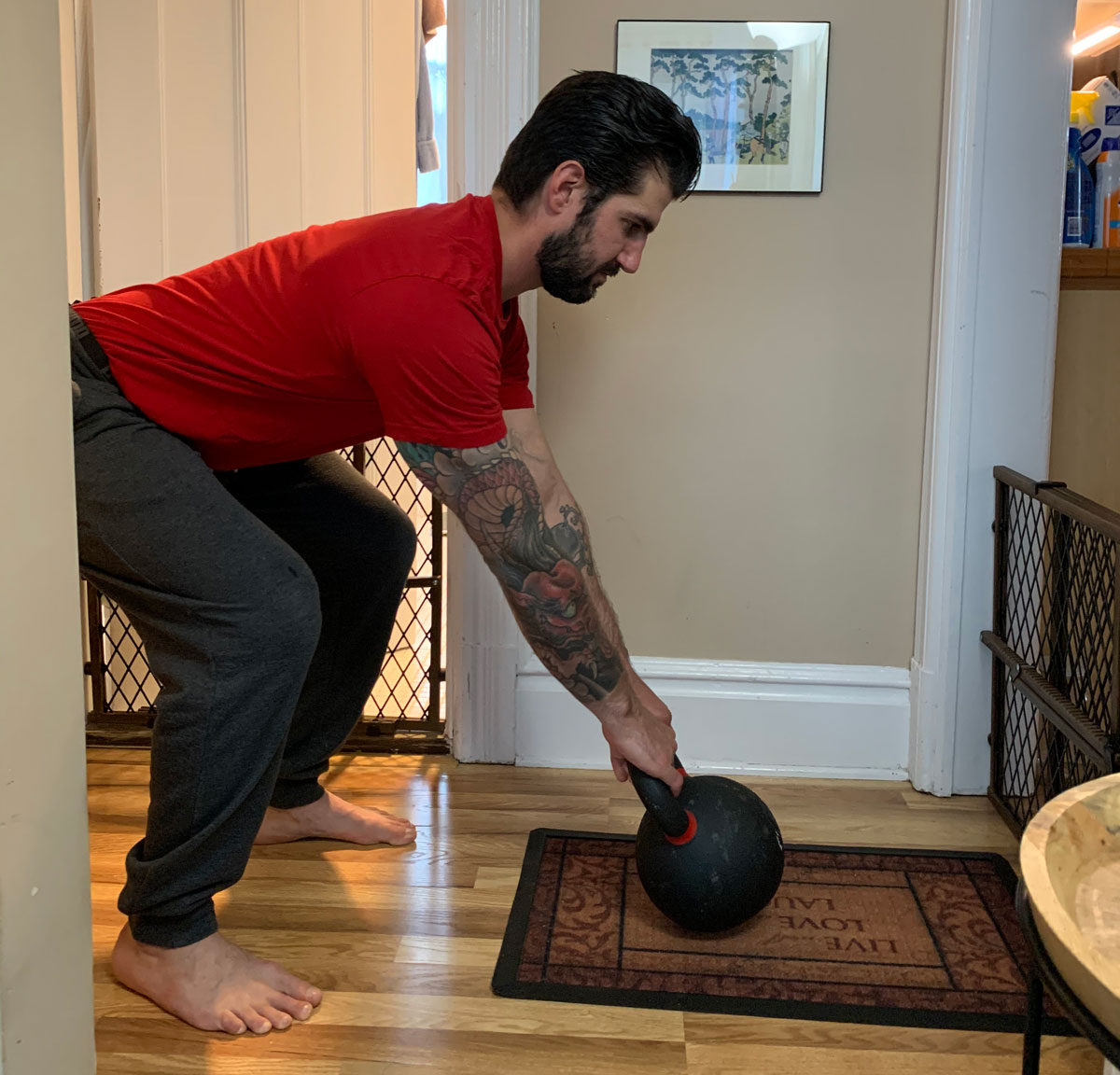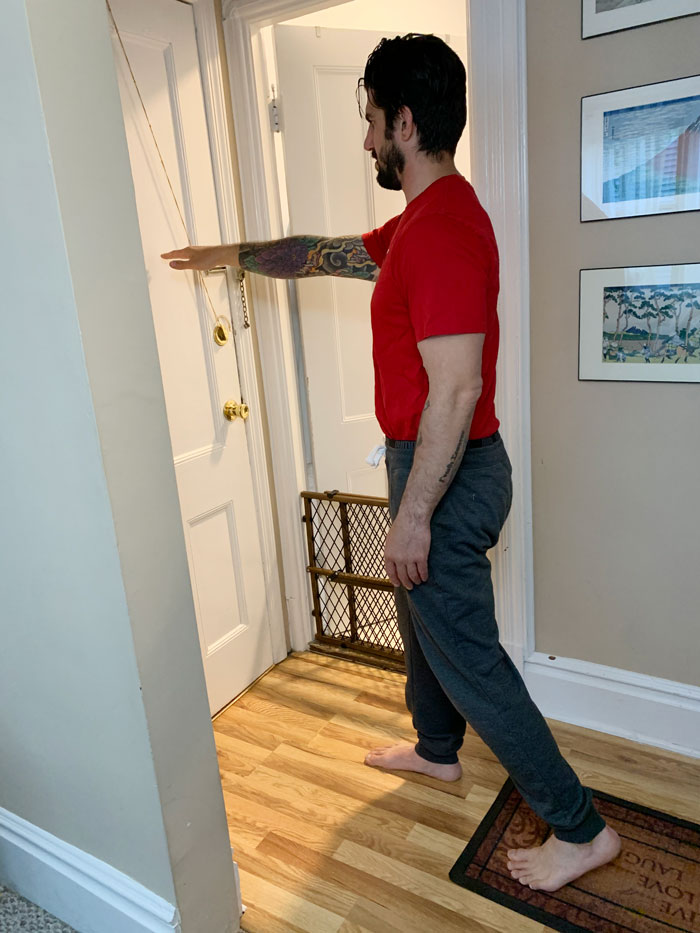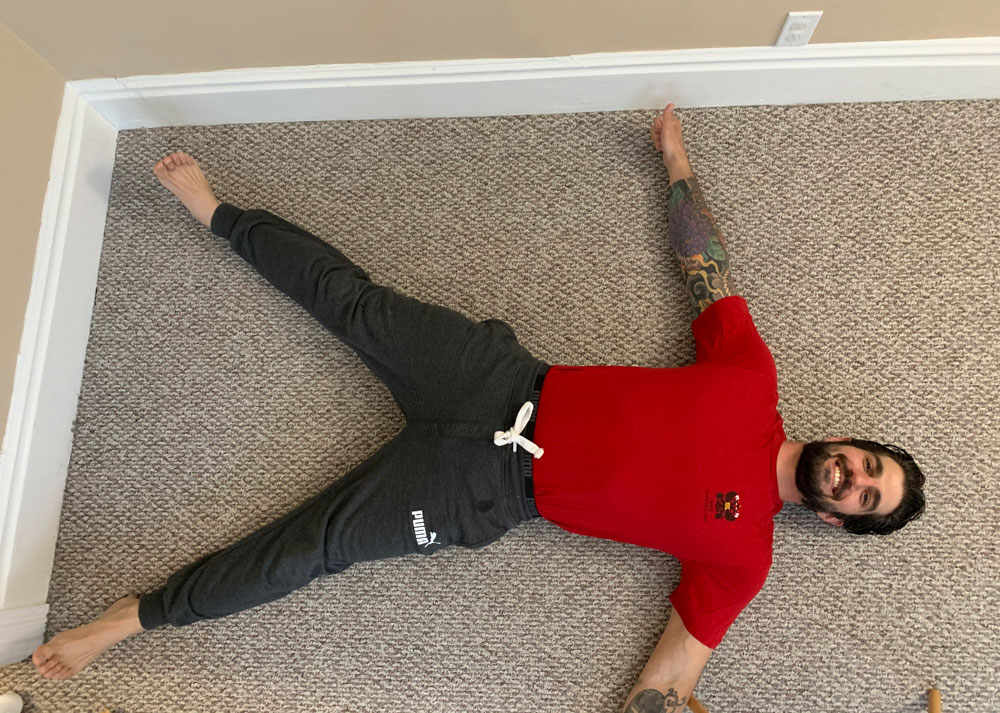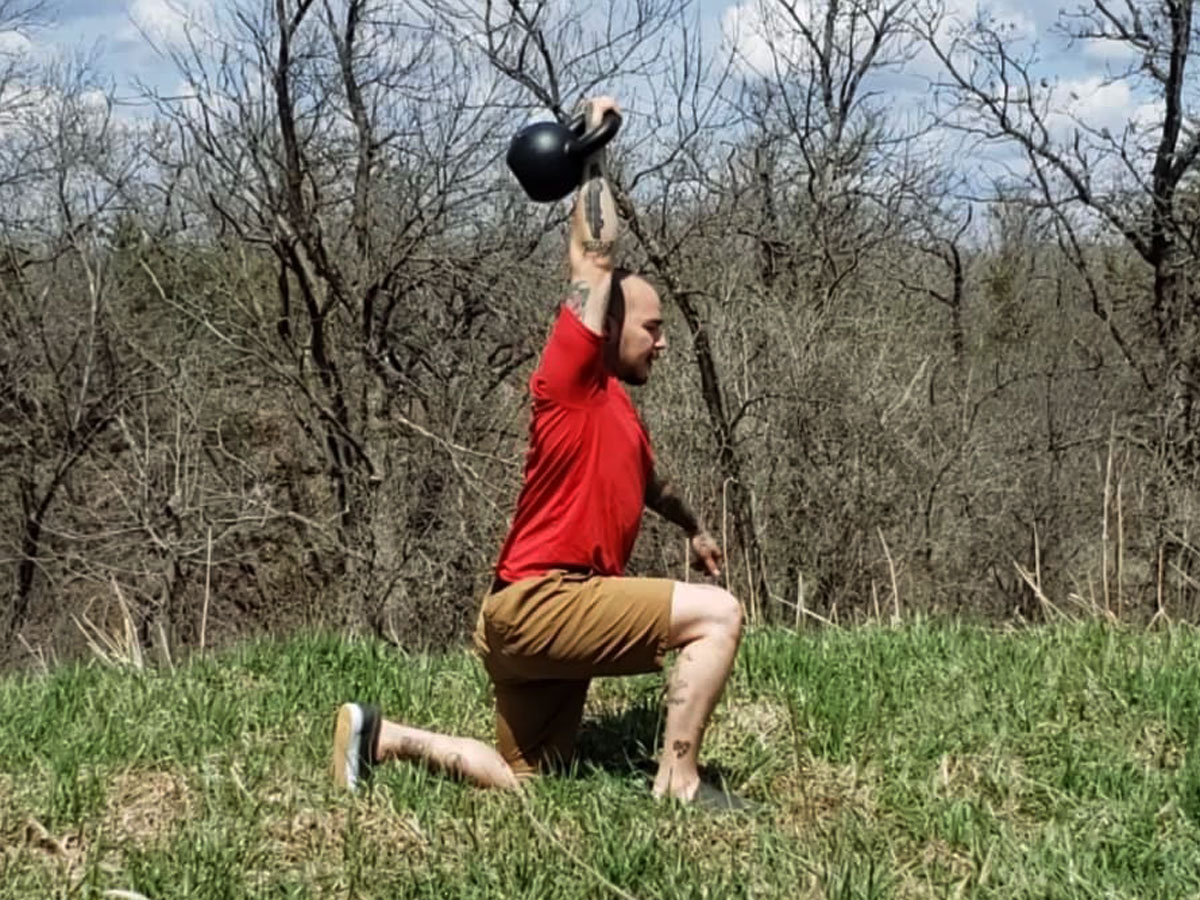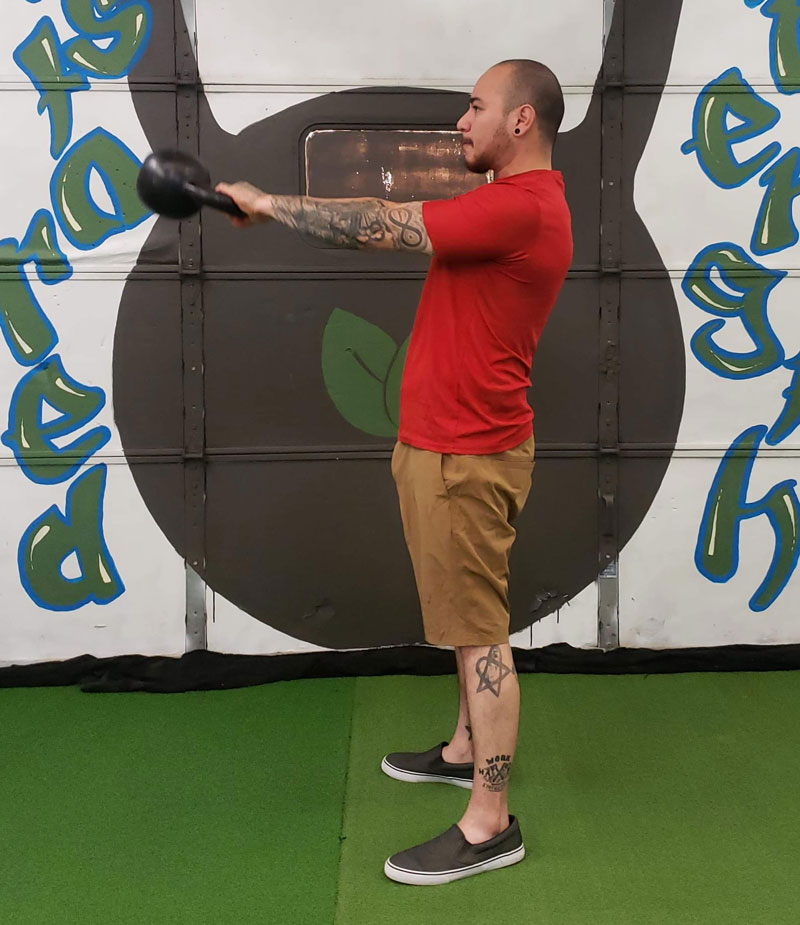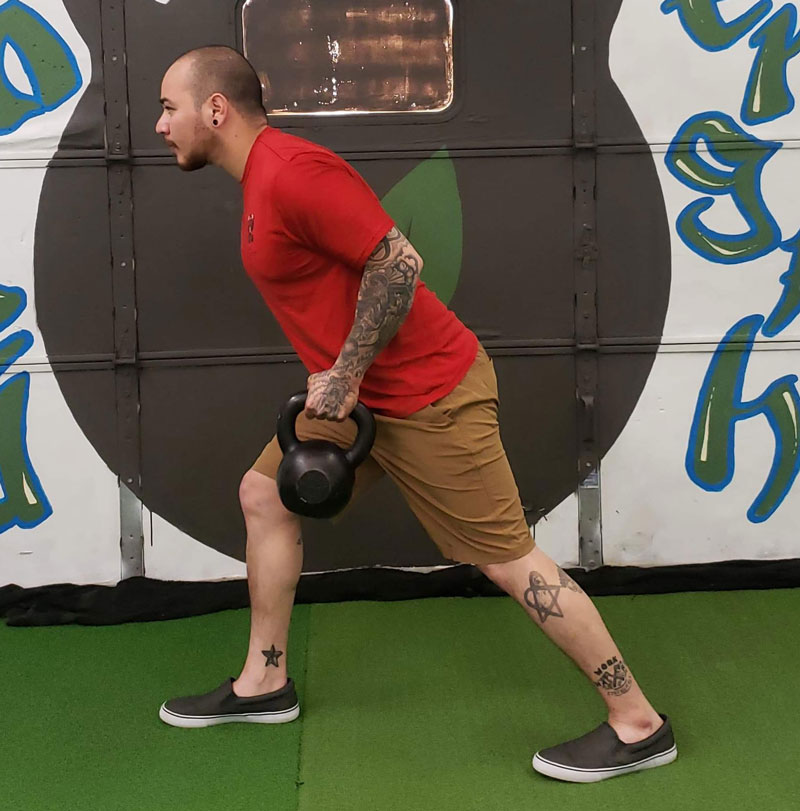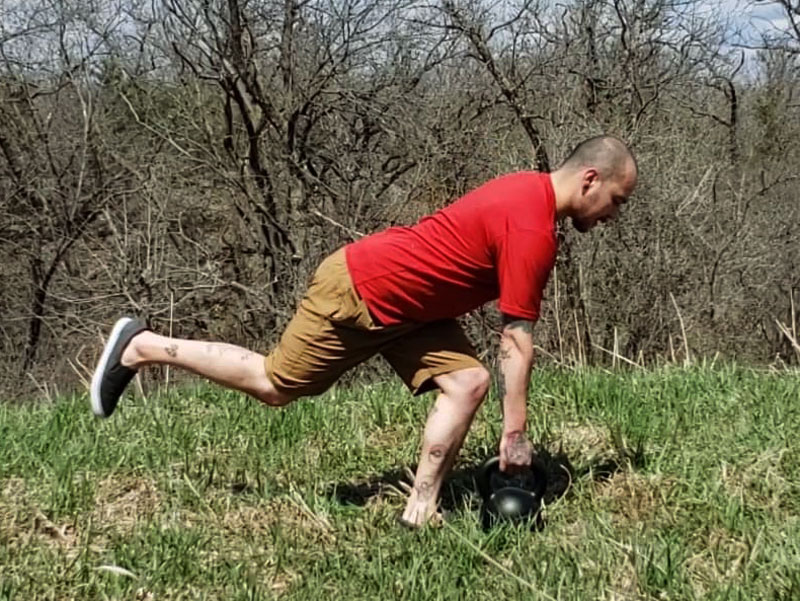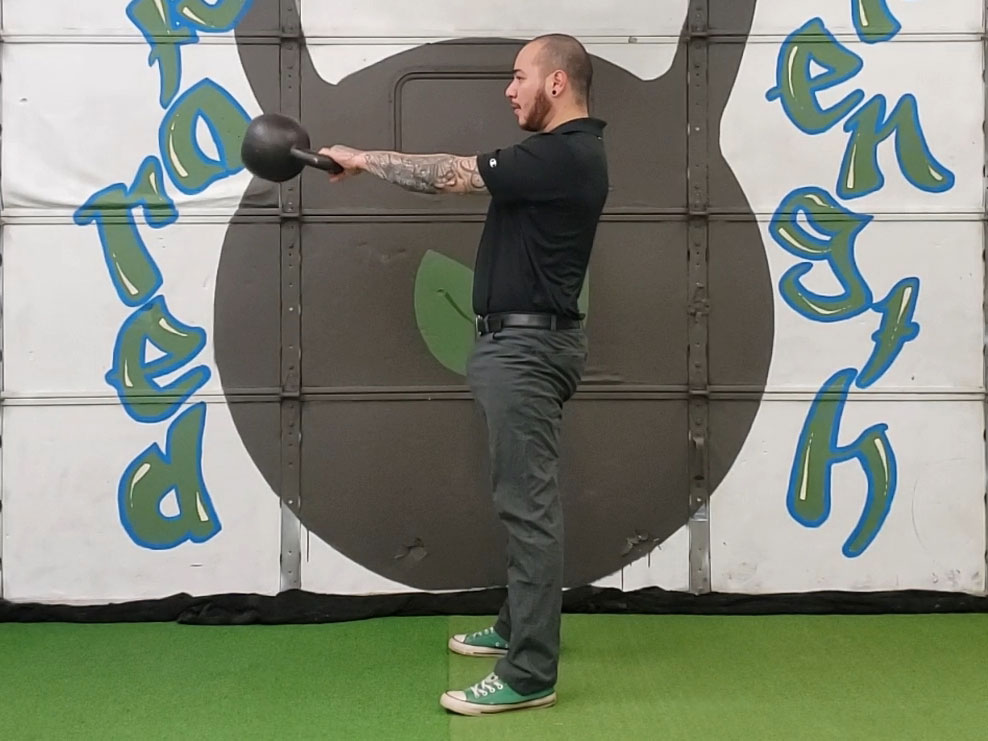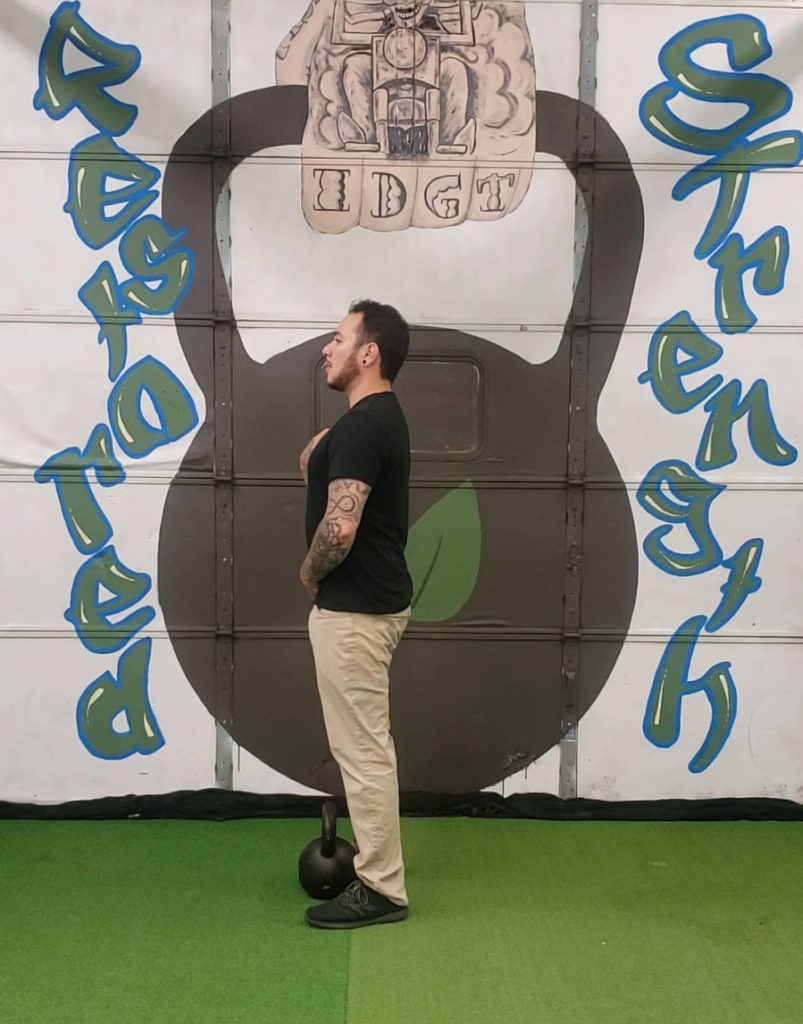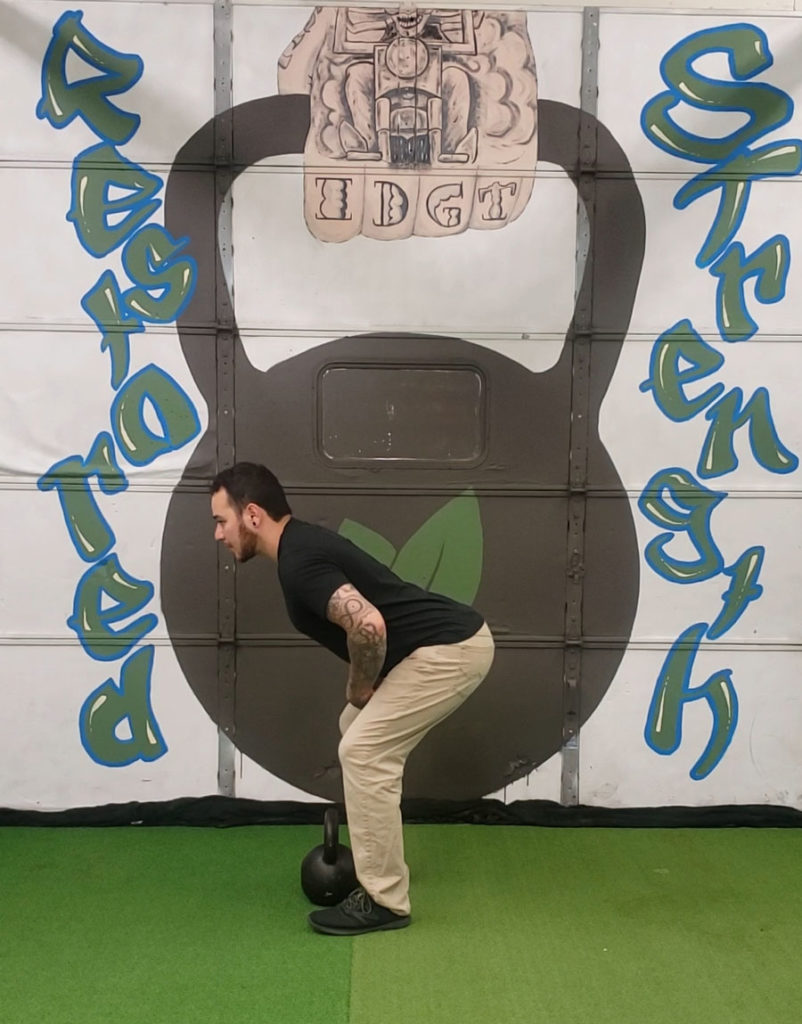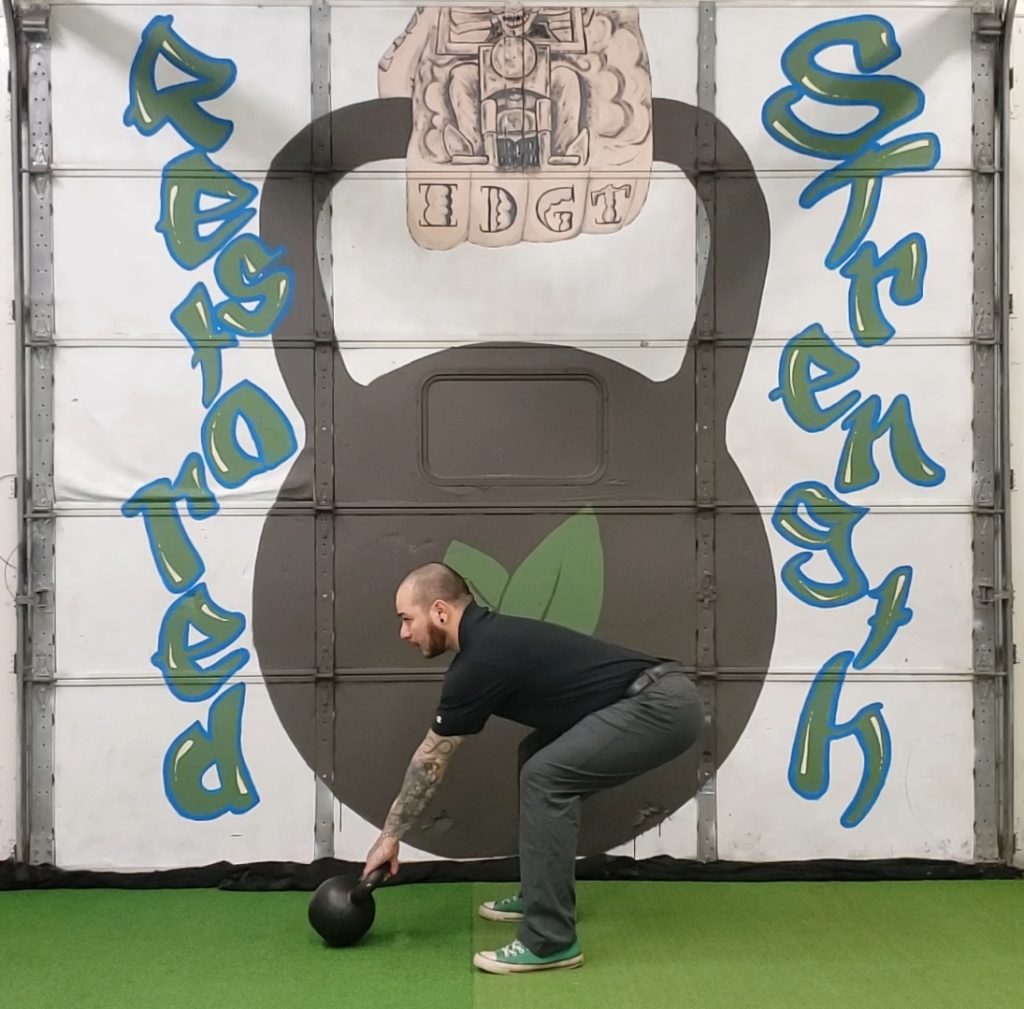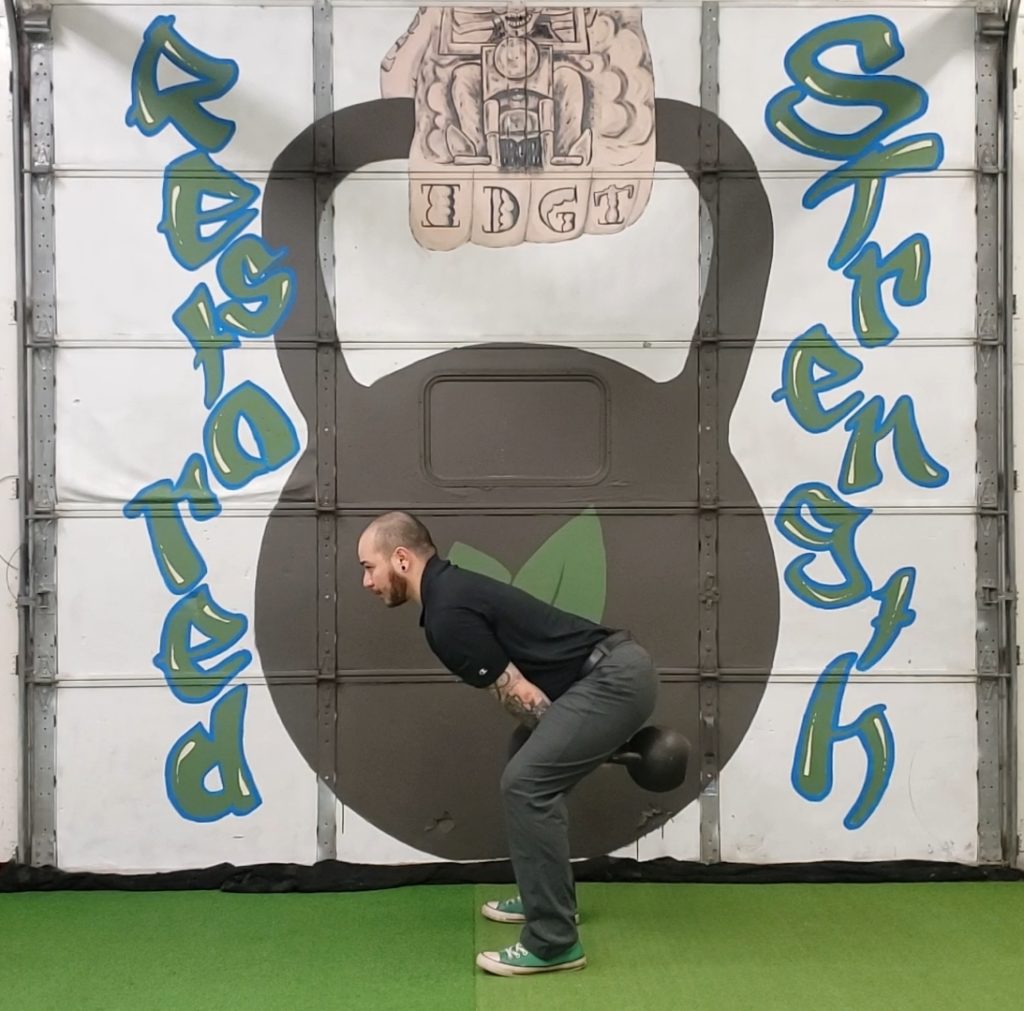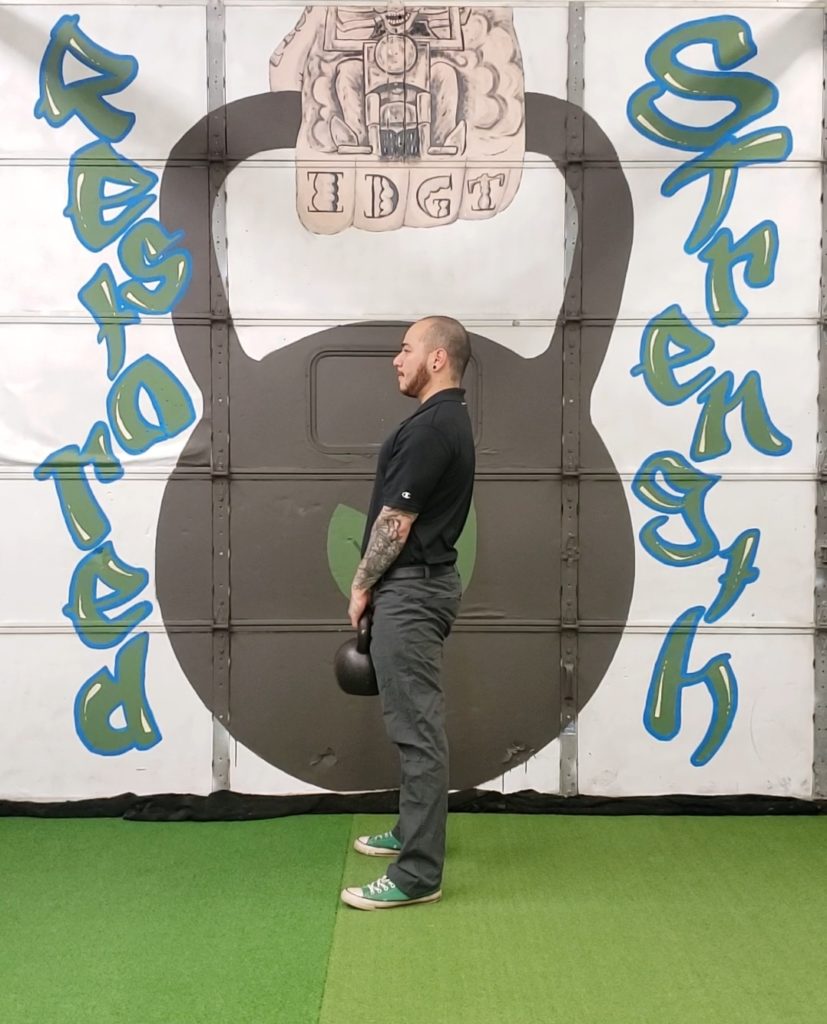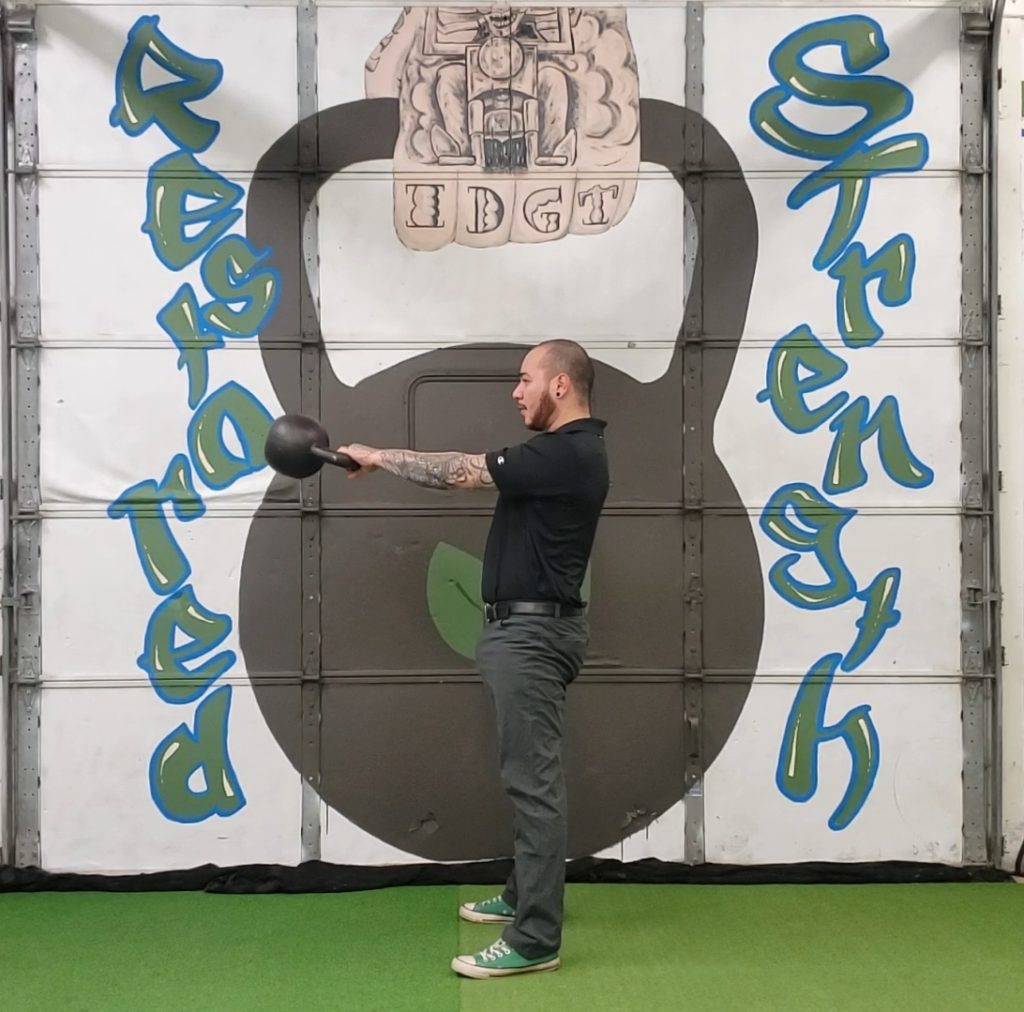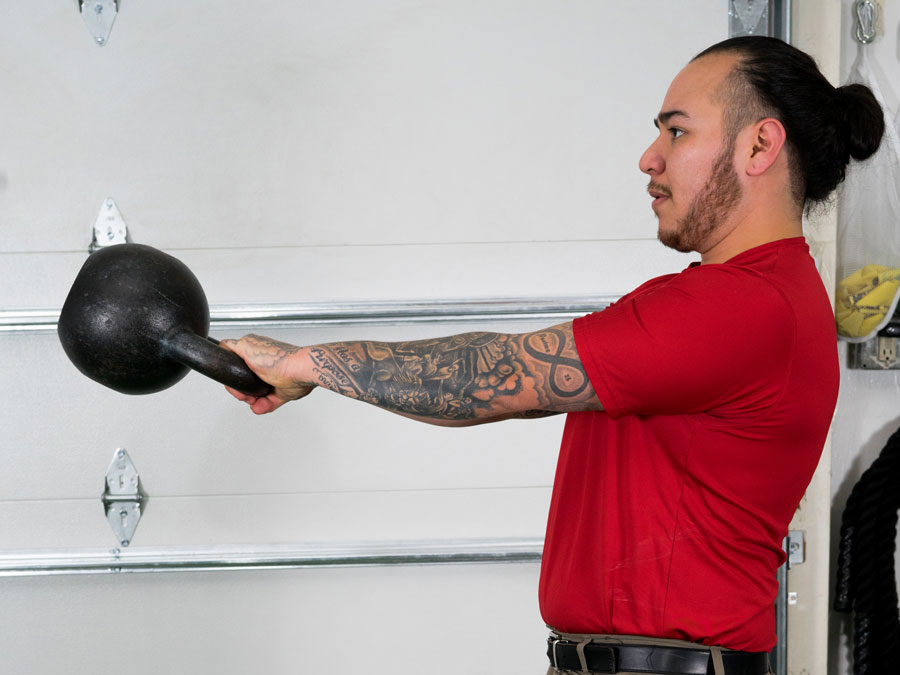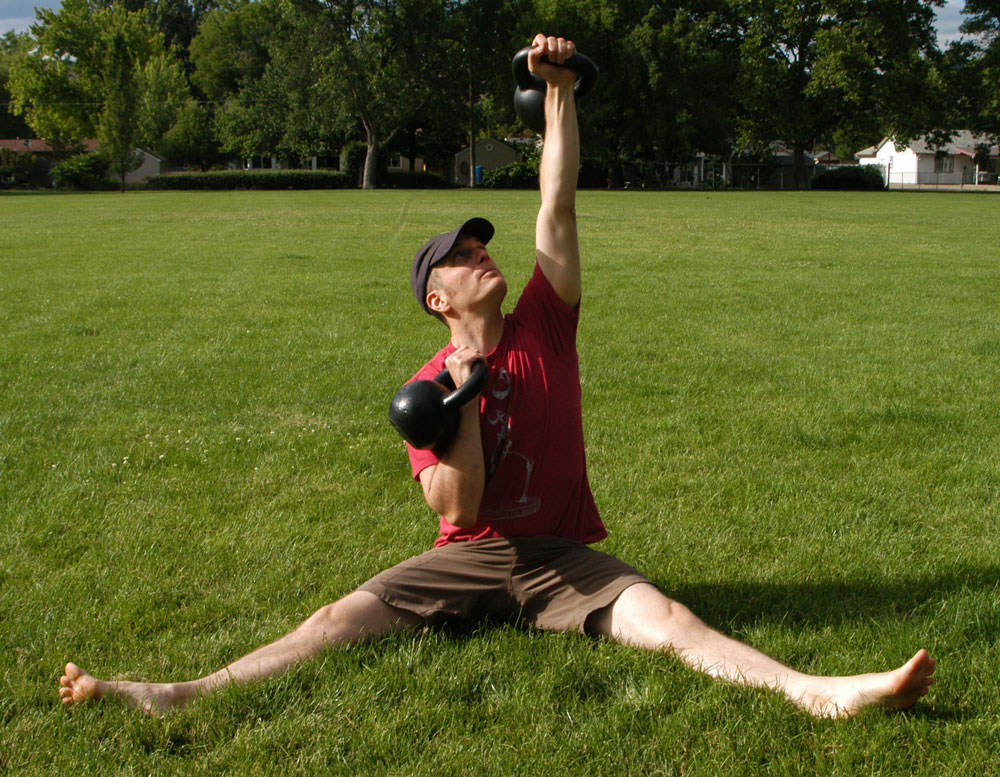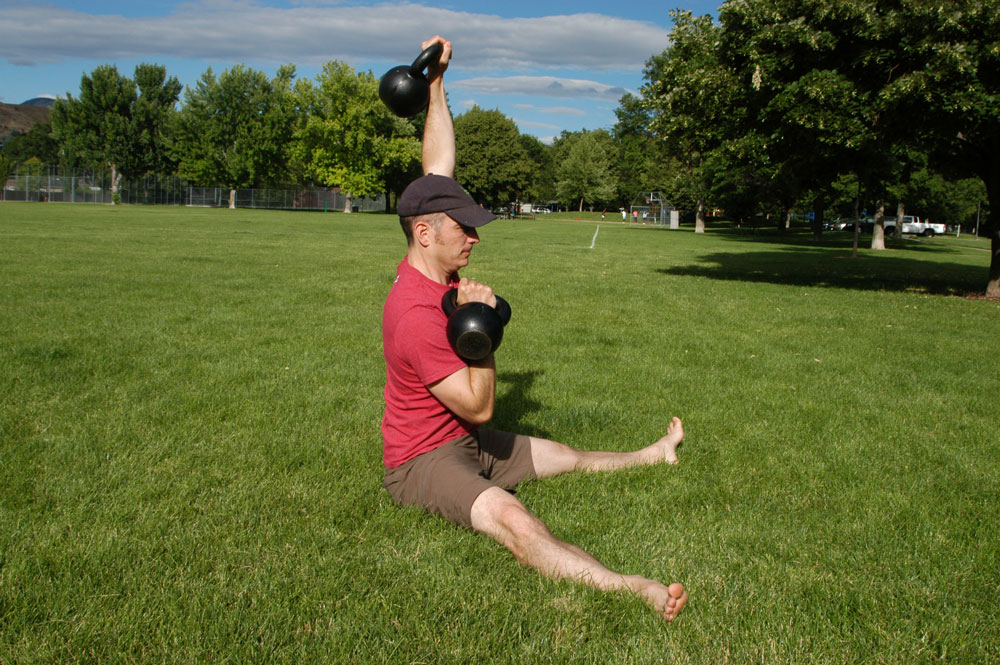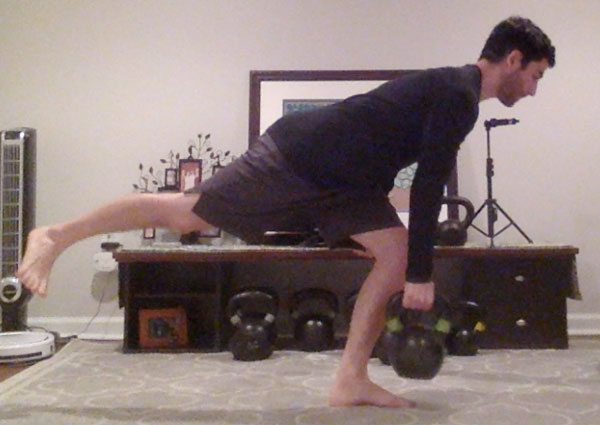
Even though I’m writing this blog post during a global pandemic, I’m not trying to scare you into working out with kettlebells. However, kettlebell training will make you stronger and more resilient. My goal with this post is to give you a few new ideas for your kettlebell workouts because kettlebells and other fitness equipment have been hard to find recently. You may have just one kettlebell or several kettlebells and no matching pairs—but you can still do kettlebell deadlifts.
T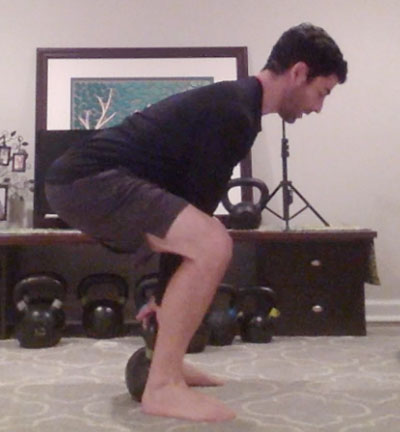 he deadlift is arguably the king of strength building exercises. Not only is it great for getting stronger, but it can improve your posture and strengthen your hips. When performed correctly, the deadlift can alleviate back pain.
he deadlift is arguably the king of strength building exercises. Not only is it great for getting stronger, but it can improve your posture and strengthen your hips. When performed correctly, the deadlift can alleviate back pain.
Additionally, mastering the kettlebell deadlift will allow you to transition to the Hardstyle kettlebell swing. From there, a whole world of kettlebell exercises await.
First, you must master the standard kettlebell deadlift and understand the hip hinge.
The hip hinge means that you move from your hips, the strongest set of muscles in your body, while keeping your spine straight or neutral. Once you’ve mastered the standard kettlebell deadlift, you can begin training with a number of exciting variations. Here are a few to get you started:
Let’s Get Asymmetrical!
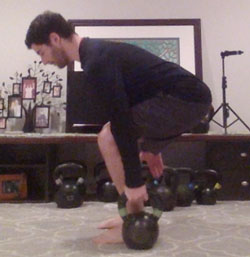
Now we can unevenly load the body—for greater core engagement—by learning two different one-arm kettlebell deadlift techniques.
1. The kettlebell suitcase deadlift places the kettlebell outside one of your feet. This deadlift variation is great for grip strength because you’re only using one hand to grip the kettlebell handle. Make sure that you don’t lean or rotate toward the kettlebell as you move in and out of your hip hinge. Stay square all the way through the movement.
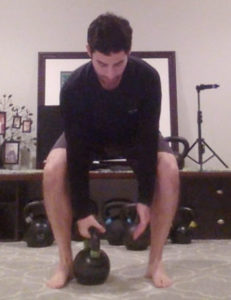
2. The kettlebell one-arm deadlift is fairly self-explanatory. The kettlebell will be between your feet but toward the hand that will be grabbing it. Stay square all the way through the movement and don’t lean or rotate toward the kettlebell. Again, grabbing the kettlebell with one hand will improve your grip strength and the offset load will really engage your core.
3. The kettlebell staggered stance deadlift is a unique variation because you use one hand—and also load one leg more than the other. You can practice this move with your opposite arm and leg, or by holding the kettlebell with the arm on the same side as the loaded leg.
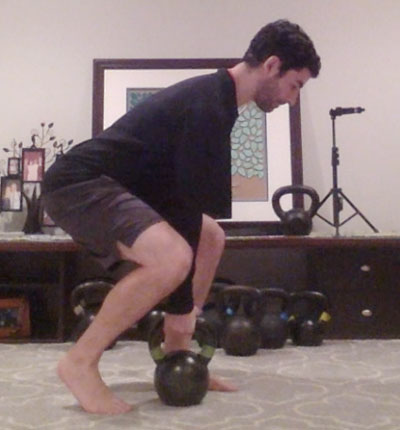
4. The last variation I want to share is the kettlebell single leg deadlift. This deadlift is performed while balancing on one leg. The kettlebell single leg deadlift improves balance and is great for your feet and ankles. This move is challenging, so take your time when performing it and move slowly with purpose. You can hold the kettlebell in the opposing hand, or on the same side as the working (standing) leg.
Watch this video for demonstrations of each kettlebell deadlift variation mentioned in this post.
Stay Strong and Safe!
***
Ryan Jankowitz, RKC II lives in Maryland with his wife and two dogs. They love to go hiking and spend time on the beach. When he’s not telling his dogs to stop chasing squirrels, Ryan enjoys spreading the RKC message and teaching others how to train with kettlebells. He’s got a 90-day kettlebell transformation program that helps busy adults lose 10-15lbs., shed their spare tire and build lean muscle so that they look great naked and move like they did in their 20’s. Click here to schedule a free call with Ryan.

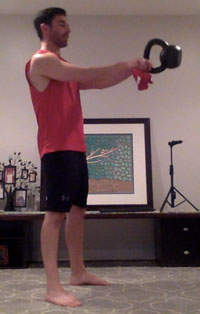
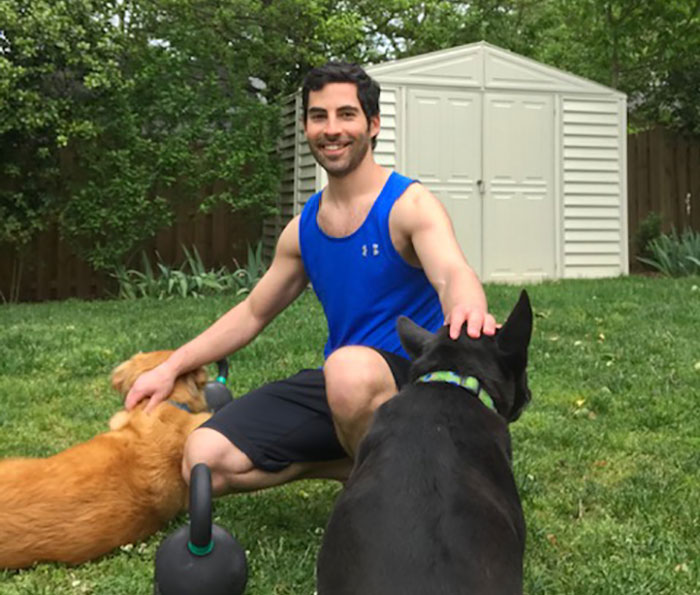
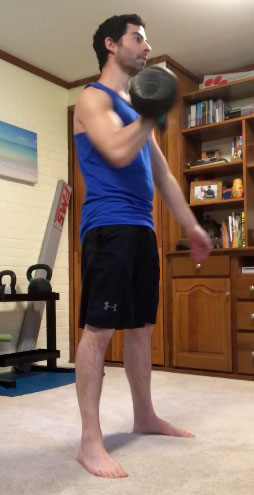 Pulling and Pushing Exercise Examples
Pulling and Pushing Exercise Examples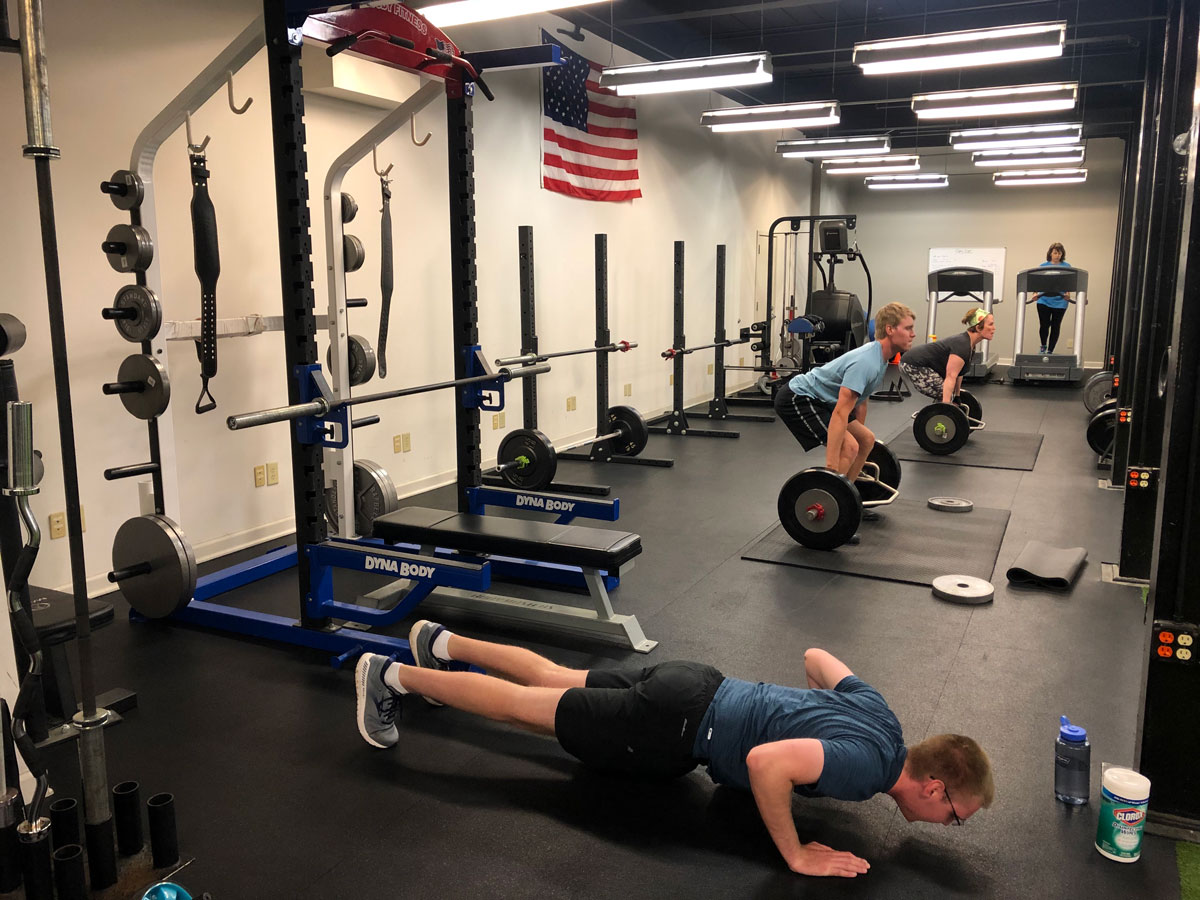
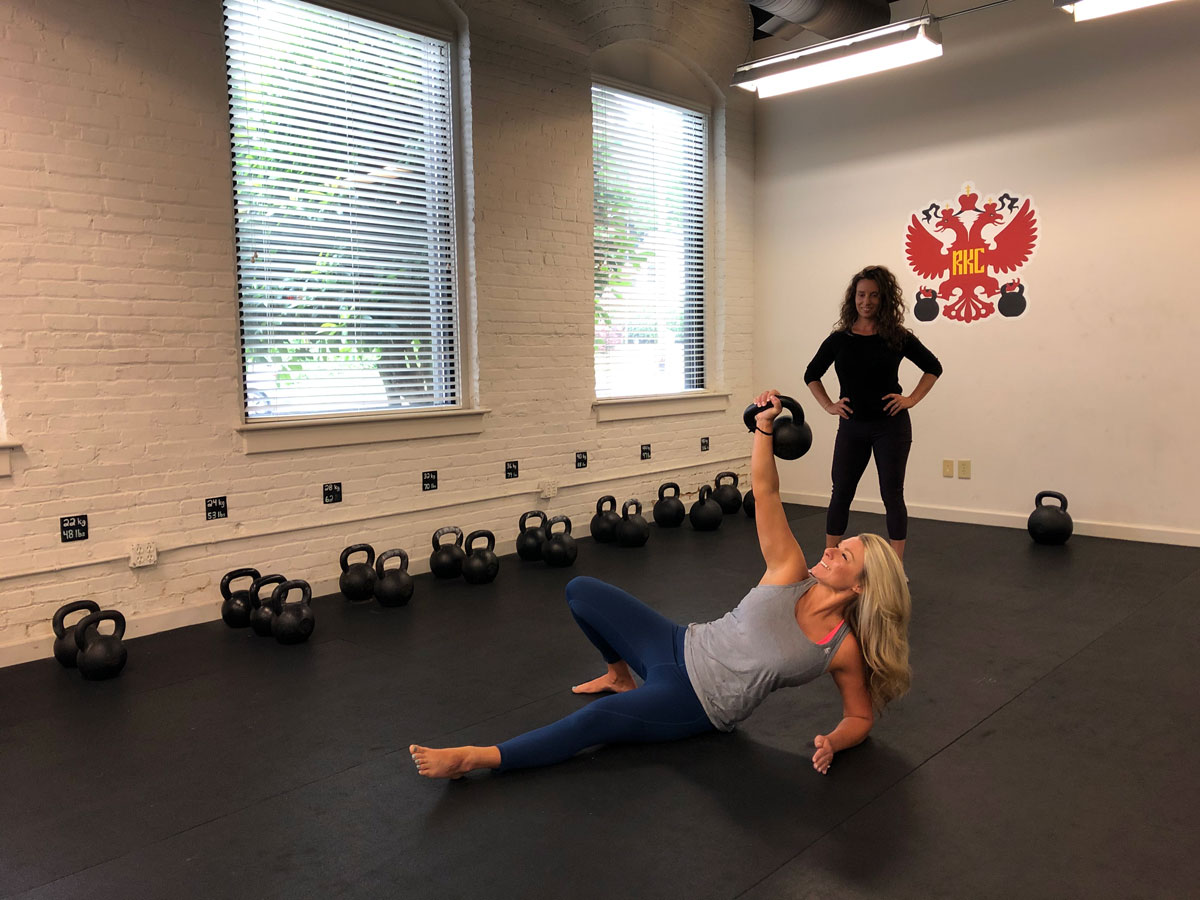
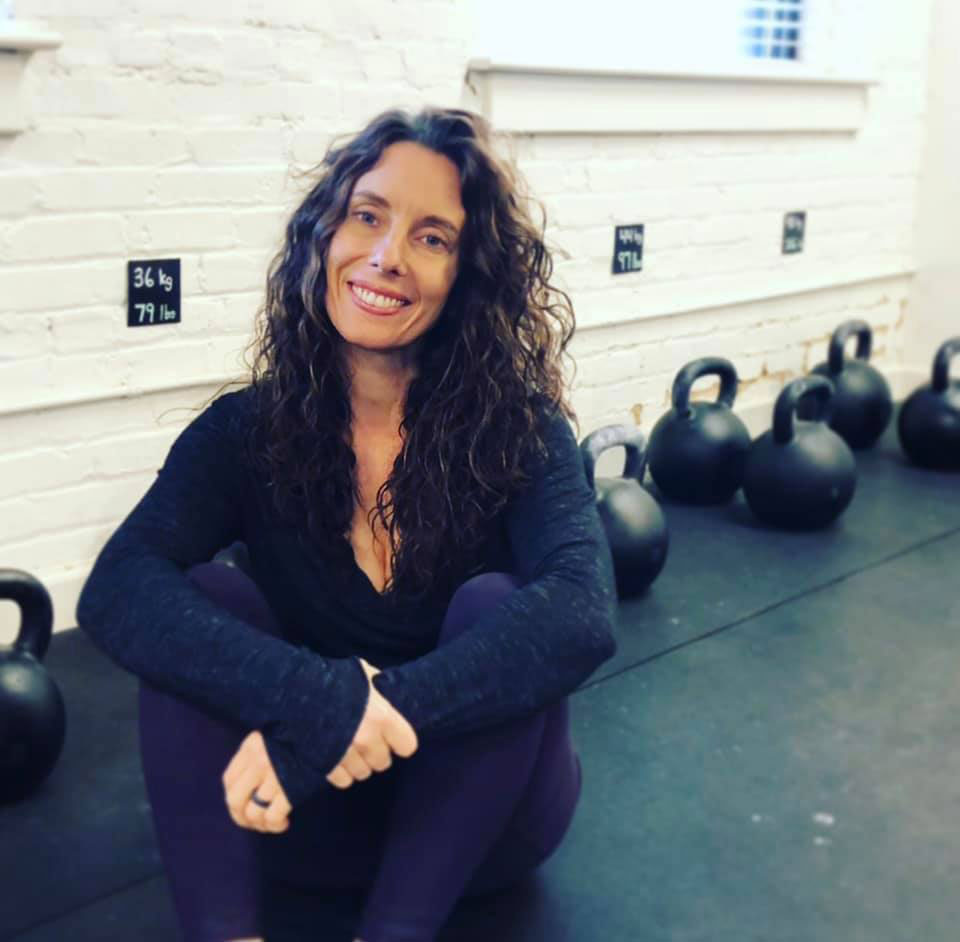 I asked! And some of them have been kind enough to comment:
I asked! And some of them have been kind enough to comment: 